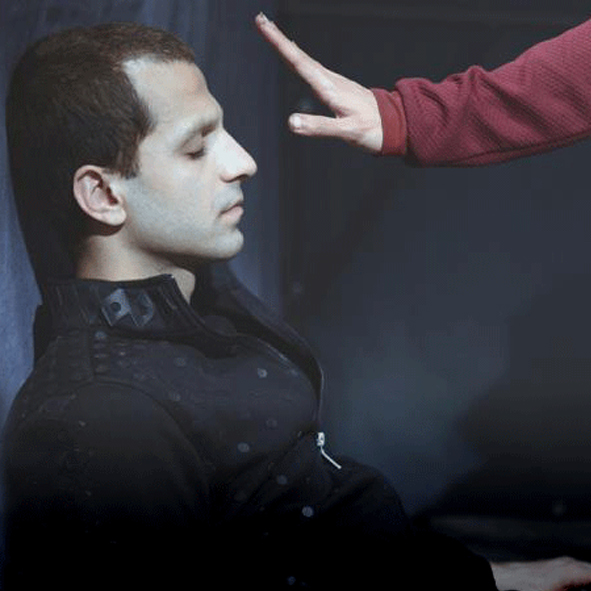
Cite this article

The issue of sexual and gender minorities in many Muslim countries has never been discussed openly and publicly, and even today in many of these countries, even those that have recognized the rights of these minorities in their laws, talking about sexual minority groups is done secretly and not publicly, and many people keep the truth about their sexual orientation a secret. In Iran, even though allegorical references and metaphors to love and relationships between same-sex people have a long history in art and literature, sexual and gender minorities were never accepted by the general public, and with the occurrence of the Islamic Revolution in 1979 and the coming to power of the religious clerics, heavy punishments for all LGBT people were approved in the constitution. Nevertheless, Iranian artists have addressed the issue of sexual minorities in some of their artworks by relying on allegory and metaphor, which have an ancient history in the representation of sexual and gender minorities in Iran. In Iranian cinema, despite the restrictions, supervision, and severe censorship, there are examples of movies that have been produced focusing on the rights of LGBT people. In this research, based on Stewart Hall’s theory of representation, the representation of sexual and gender minorities in post-Islamic Revolution Iranian cinema will be analyzed. In this research, in addition to feature films, short films, which are less restricted by the government, will be examined, so that the issue of representation of sexual and gender minorities will be recognized both in the official cinema and in the so-called “Iranian underground cinema”.


